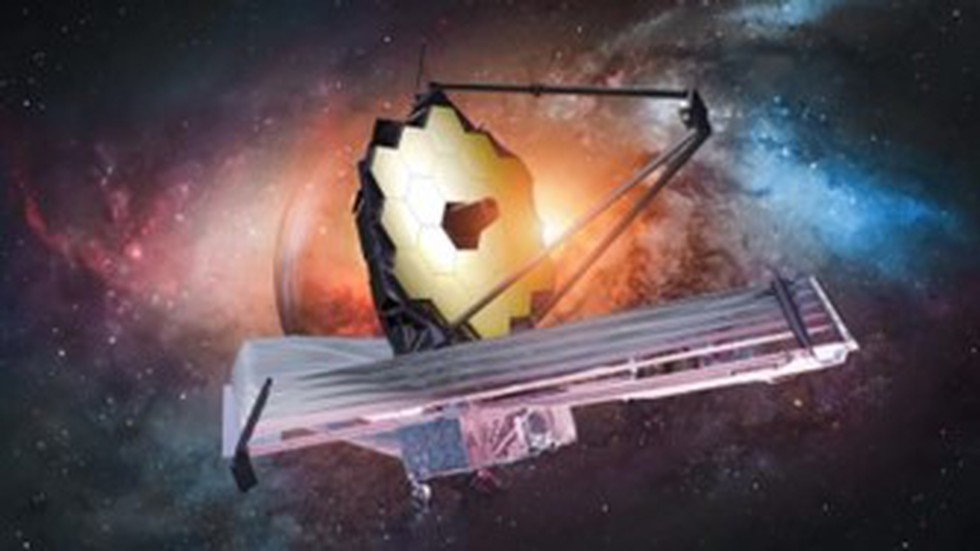About the James Webb Space Telescope (JWST):
- JWST was built in collaboration between NASA, the European Space Agency (ESA), and the Canadian Space Agency.
- It was launched in December 2021.
- It is the largest and most powerful space telescope to date.
- It orbits around a point in space called the L2 Lagrange point (a gravitationally stable location in space). It is approximately 1.5 million km beyond Earth’s orbit and is one of the five points in the orbital plane of the Earth-Sun system.
- It will focus on four main areas: the first light in the universe, the assembly of galaxies in the early universe, the birth of stars and protoplanetary systems, and planets (including the origins of life).
- Instruments:
- Its instruments are designed to work primarily in the infrared range of the electromagnetic spectrum, with some capability in the visible range.
- It comprises the Optical Telescope Element (OTE), the Integrated Science Instrument Module (ISIM), the sunshield, and the spacecraft bus.
- The OTE is the eye of the Observatory. It consists of the mirrors and the backplane. The OTE gathers the light coming from space and provides it to the science instruments located in the ISIM. The backplane is like the "spine" of Webb. It supports the mirrors.
- The ISIM contains Webb's cameras and instruments. It integrates four major instruments and numerous subsystems into one payload.
- The sunshield separates the observatory into a warm sun-facing side (spacecraft bus) and a cold anti-sun side (OTE and ISIM). The sunshield keeps the heat of the Sun, Earth, and spacecraft bus electronics away from the OTE and ISIM so that these pieces of the Observatory can be kept very cold.
- The spacecraft bus provides support functions for the operation of the Observatory.
